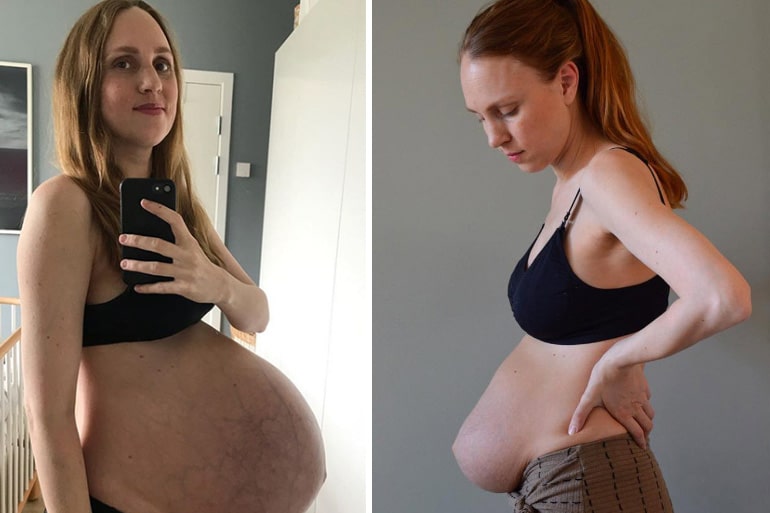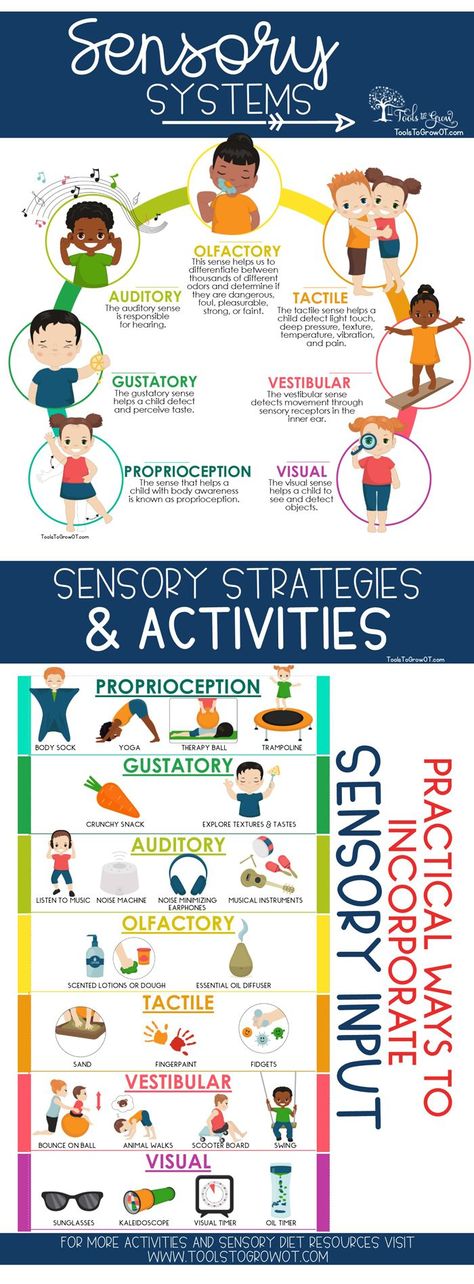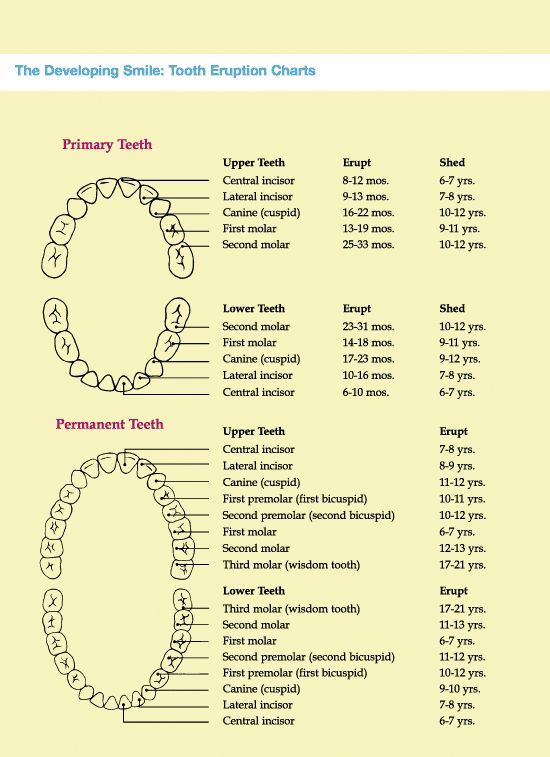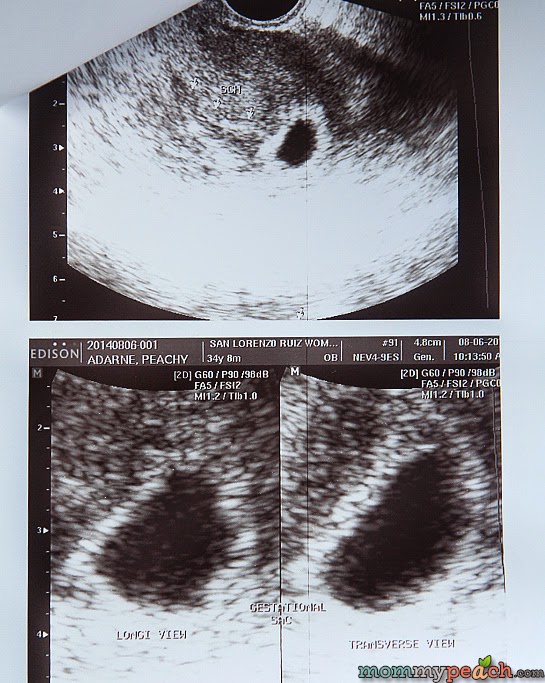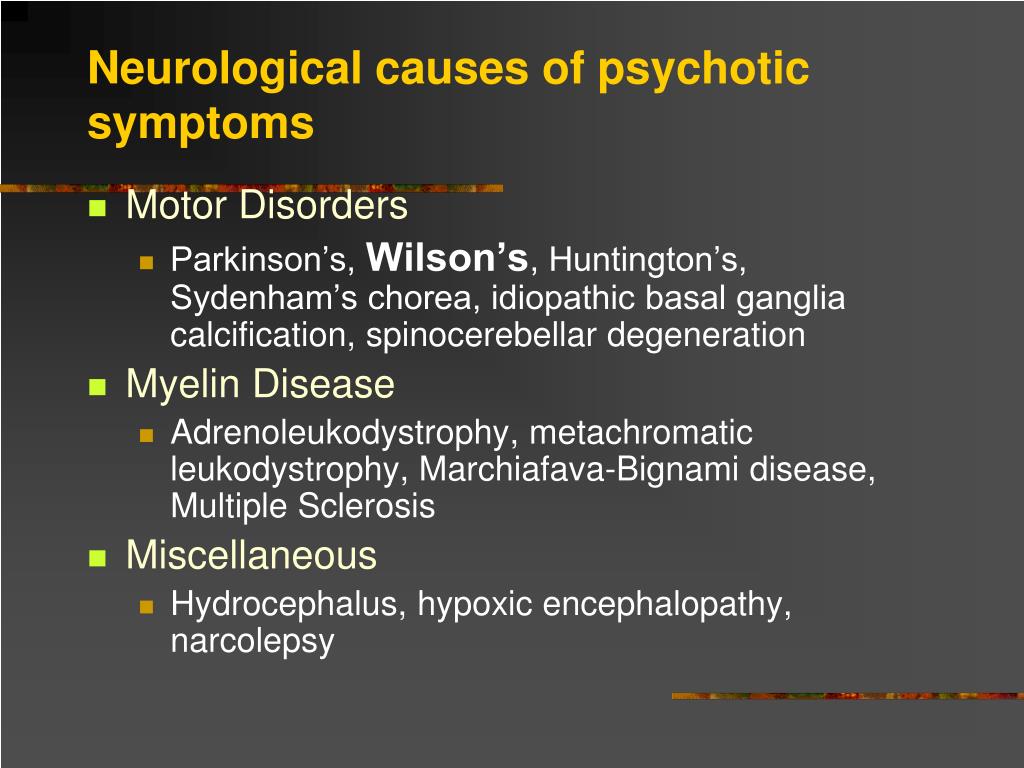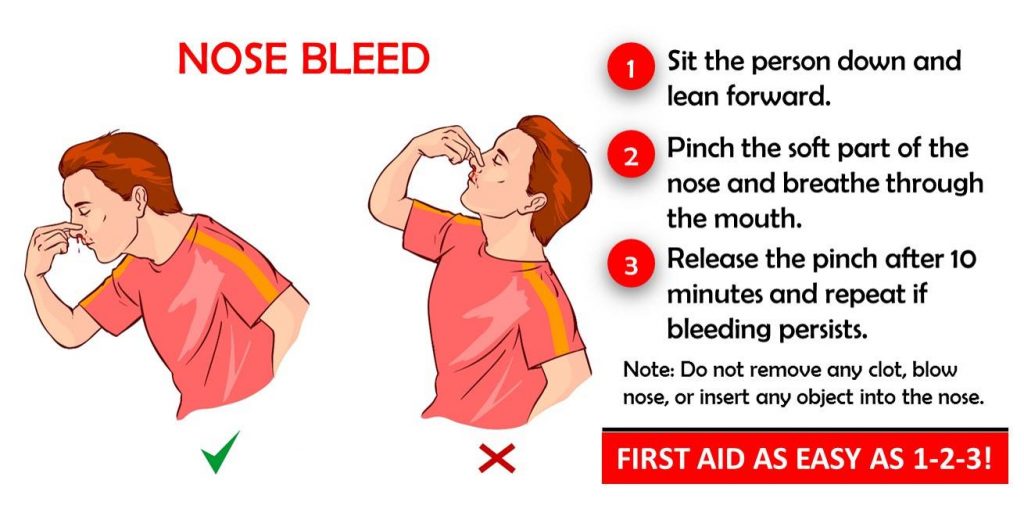Before and after birth
Body after birth: 18 post-pregnancy changes to look out for
(Image credit: Getty Images)They say that being a mother changes you, and they aren't kidding. After birth, a woman’s body can display many physical changes. At no other time in your life will you grow a whole new organ, force your heart to pump 50% more blood, according to the National Library of Medicine, and have alien cells hijack your brain.
While most of those odd changes disappear after birth, a few of them, like your little one, are for keeps. From bigger feet to diabetes, here are 18 things that may never go back to the way they were before you got pregnant.
1. Shoe size
There are two main reasons for the change in shoe size during pregnancy: weight gain and hormones.
The American College of Obstetricians and Gynecologists (ACOG) says that women of a normal weight should gain from 25 to 35 lbs. (11 to 16 kilograms) during pregnancy. "That extra weight that's carried around for the ten lunar months of pregnancy, and even longer, flattens out the [foot's] arch," which is why some women gain about half a shoe size during pregnancy, said Dr. Michael Cackovic, the obstetrics director of cardiac disease and pregnancy at The Ohio State University Wexner Medical Center.
Related articles
The hormone relaxin also plays a role, according to the Journal of Bone and Joint Surgery . As its name suggests, relaxin helps relax ligaments and bones in the pelvis, so the body can be elastic during childbirth. But relaxin also affects ligaments all over the body, including in the feet, which can make a woman's feet looser and more spread out, said Dr. Leena Nathan, an assistant clinical professor of obstetrics and gynecology at the University of California, Los Angeles.
New moms should get used to sporting a larger shoe size, as these changes are permanent after birth, even after you lose weight and relaxin production stops, Cackovic said.
2. Extra pounds
Weight gain from pregnancy can be temporary or permanent. (Image credit: Getty Images)Speaking of weight gain, while those extra pounds don't have to be permanent, they are for many women.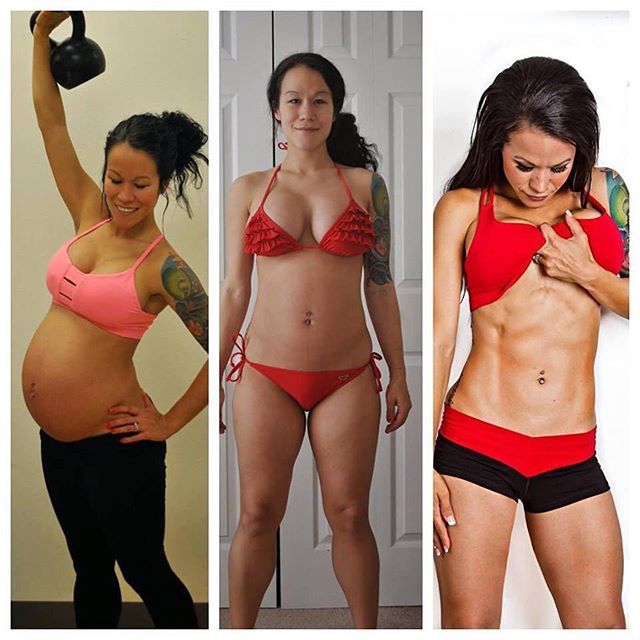
One in 4 women will hang onto 11 lbs. (5 kg) or more a year after giving birth, Live Science previously reported. After having a baby, a woman will be, on average, 2.5 to 5 lbs. (1 to 2 kg) heavier than she was prior to pregnancy, Kathleen Rasmussen, a professor of maternal and child nutrition at Cornell University, told Live Science. While that's not a large gain, this number can become more significant when repeated for four or five babies.
3. Vaginal changes
This one shouldn't be a surprise, given the average dimensions of a newborn's head, but women often have vaginal changes postpartum. While the vagina will contract down to almost its original size after birth, most women will have a permanently wider vagina, according to NHS UK ..
"There are many factors that contribute, including type of delivery, size of baby, genetic factors [and] being overweight, to name a few," gynecologist Dr. Alyssa Dweck told Live Science.
4.
 Wee problemGiving birth can weaken muscles used for bladder control. (Image credit: Getty Images)
Wee problemGiving birth can weaken muscles used for bladder control. (Image credit: Getty Images)While not all women face one of the more unpleasant problems associated with squeezing an 8-lb. (3.6 kg) human out of their body, giving birth — unfortunately — puts mothers at increased risk for incontinence, or loss of bladder control. That's because vaginal delivery can weaken the muscles needed for bladder control and can damage bladder nerves and supportive tissue, leading to a dropped (prolapsed) pelvic floor, according to the Mayo Clinic .
C-sections can also increase the risk of incontinence, Cackovic said.
Women with incontinence can practice Kegel exercises to strengthen these pelvic floor muscles, he said. There is also at least one Bluetooth-enabled device that enables people to do pelvic floor exercises and get biofeedback with an app on their phone and a small intravaginal device, according to Dweck.
5. Gain a child, lose a tooth
There may be some truth to the saying, "gain a child and lose a tooth.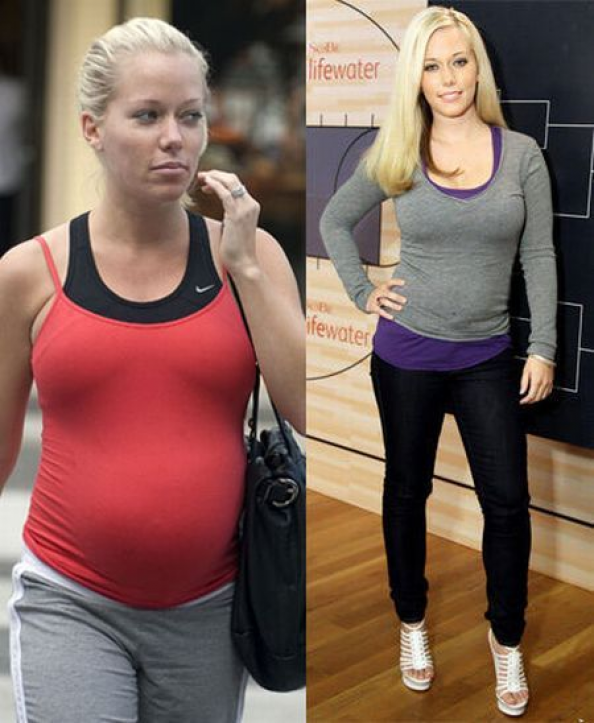 "
"
A 2008 study of 2,635 women in the American Journal of Public Health found that the more children women had, the more likely they were to have lost teeth. Women between the ages of 35 and 49 with one child had lost an average of two teeth, while women with two children lost an average of four. Meanwhile, women with four or more children had lost an average of seven teeth. It's not clear exactly why, as frequency of dental care didn't seem to be tied to this association.
Other dental problems include enlarged gums and more bleeding from gums during pregnancy because of increased blood flow, Nathan told Live Science. The acid from vomiting, if women have morning sickness, can also wear away the enamel on teeth, Nathan said.
Hormonal changes during pregnancy can also affect the bacteria population, or microbiome, of your mouth, so it's important to practice good dental hygiene during this time, Cackovic said.
"We know that women who don't have good dental health are actually at risk for preterm delivery, so it's very important for women to see their dentists during pregnancy and get their teeth cleaned according to schedule," Nathan said. "If it's not taken care of, it can definitely persist postpartum."
"If it's not taken care of, it can definitely persist postpartum."
6. Growing and shrinking breasts
Breasts change to prepare for breastfeeding. (Image credit: Getty Images)A woman's breasts go through some big (and little) changes during and after pregnancy.
"They get bigger at first, because the dormant fat tissue in the breast gets replaced by functional tissue" in preparation for breastfeeding, Cackovic said.
But these larger breasts don't last forever. "After a woman stops breastfeeding, that functional tissue atrophies, because it's not being used anymore," Cackovic said. "And then it's not immediately replaced by fat, because the fat is already gone."
If the woman gets pregnant again, then the process will repeat, and if she gains a lot of weight after a pregnancy, then she'll replace those fat cells in her breasts. "But generally, if somebody is a very fit person and doesn't gain weight, then [her breasts] are going to stay smaller at that point," Cackovic said.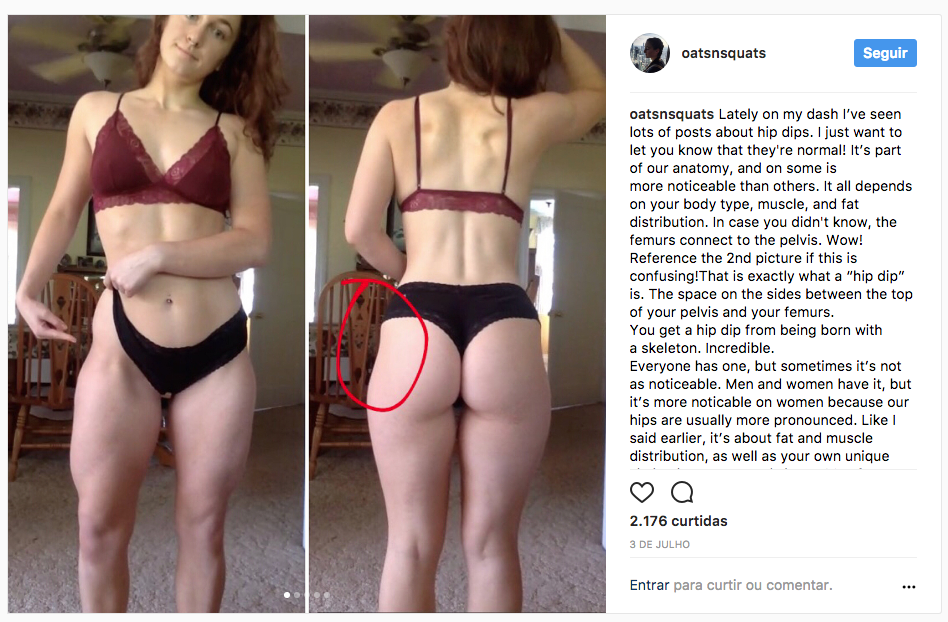
7. Sagging breasts
The technical term for this side effect of pregnancy is ptosis. Once breasts droop, they will not perk up again, because the cause of breast drooping is the stretching of the ligaments and elastin that hold the fatty tissue in place, according to 2008 study in the Aesthetic Surgery Journal .
Once you've had your baby, breastfeeding is unlikely to make breast sagging worse. According to the Mayo Clinic , breastfeeding isn’t the cause of changes in breast size or shape, but weight gain, smoking status and additional pregnancies can worsen droopiness.
8. Lower breast-cancer risk
Chances of developing breast cancer may be lowered after pregnancy. (Image credit: Getty Images)While breasts may be losing their fight against gravity, here's one fact that may perk you up: Breastfeeding may lower the lifetime risk of developing breast cancer. For every 12 months a woman nurses a baby, her relative risk of breast cancer drops by 4 percent, according to a 2002 review in The Lancet .
Crunching the numbers, the authors suggested that up to half of the breast cancer risk in developed countries could be cut if women had as many babies as they did in developing countries, and two-thirds of that risk reduction was due to breastfeeding. There are, however, other benefits associated with having fewer kids.
9. Stretch marks
Pregnant women might notice pink or red stretch marks on their skin during pregnancy, according to the British Journal of Dermatology . Granted, this condition isn't unique to pregnancy; people can get stretch marks any time they experience a big increase or decrease in weight, Cackovic said.
The good news is that while stretch marks stick around, they do get much lighter over time. "They usually do fade out in one to two years," Cackovic said. However, "if the woman gets pregnant again, or gains or loses a lot of weight again, they may become more pronounced."
10. Hair growth
After pregnancy, hair loss may be reduced. (Image credit: Getty Images)
(Image credit: Getty Images)Women often notice that the hair on their head is lusher and denser during pregnancy, according to the International Journal of Dermatology . But why does this happen?
The answer has to do with hormones. Increased levels of hormones can translate into fewer hairs lost during pregnancy. That's why women may have a thicker head of hair during pregnancy.
After hormone levels return to normal post-pregnancy, that luscious hair goes away. "It's not uncommon for women to complain at six months that their hair is falling out," Cackovic told Live Science. "But [hair loss] is really just a temporary thing and usually resolves by about 12 to 18 months."
11. Skin changes
Pregnancy comes with all kinds of skin changes. For instance, the linea nigra — Latin for "black line" — is a dark, vertical line that runs over the belly to the pubic hair region during pregnancy. According to the Journal of the National Medical Association , new levels of sex hormones is likely to play a role in this change.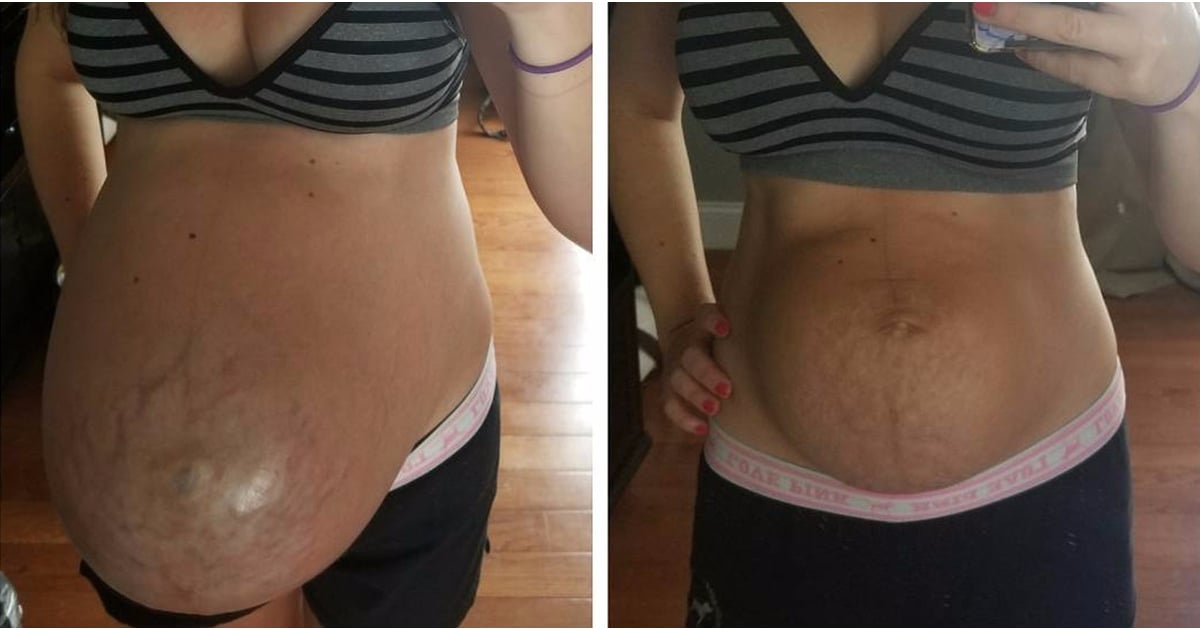
Women may also develop the "mask of pregnancy," known as melasma, which are brown patches that color the face. Freckles and moles can also darken during pregnancy.
The linea nigra and melasma are caused by an increase in melanin, the pigment that adds color to your skin and hair, according to ACOG . The dark areas usually fade after the woman gives birth, but some women with melasma can have dark patches for years, ACOG said. Some women with melasma are extra-careful to use sunscreen or wear a hat if they're going outside, and others use skin lighteners after giving birth to address the dark patches, Cackovic said.
12. Diabetes
It is important to monitor blood sugar levels while pregnant. (Image credit: Getty Images)Gestational diabetes — that is, elevated blood sugar during pregnancy — develops in up to 10 percent of pregnancies in the United States, according to the Centers for Disease Control and Prevention . But the mother's diabetes risk doesn't end when the pregnancy does. After giving birth, up to half of the women who had gestational diabetes will develop type 2 diabetes later in life, Cackovic said.
After giving birth, up to half of the women who had gestational diabetes will develop type 2 diabetes later in life, Cackovic said.
"Usually, those women already know they're at risk, because they have family members that have diabetes," he said.
If a woman has gestational diabetes, it's important that she maintain a healthy weight and diet, monitor her blood sugar, and get screened for diabetes in the years following her pregnancy so she can be aware if she's becoming prediabetic, according to the Mayo Clinic .
13. Sex drive
After a woman gives birth, it can take a year for her sex drive to return to her normal levels, Cackovic said. Sheer fatigue from caring for a newborn is one reason why. Another has to do with breastfeeding.
If the woman breastfeeds, a decision ACOG supports , then she'll have lower estrogen levels, which can diminish sex drive, Cackovic said.
14. Varicose veins and hemorrhoids
After pregnancy, varicose veins can appear in multiple areas of the body. (Image credit: Getty Images)
(Image credit: Getty Images)Some pregnant women might notice swollen, sore and blue veins — called varicose veins — on their legs, as well as on the vulva and in the vagina, according to the British Medical Journal . When these sore-feeling veins occur on the rectum, they're called hemorrhoids.
Varicose veins and hemorrhoids develop because the uterus's heavy weight and pressure can reduce blood flow from the lower part of the body, ACOG said. In addition, increased blood flow and a weakening of the blood vessels' lining can contribute to these conditions, Cackovic said.
Usually, varicose veins and hemorrhoids go away within six to 12 months of the birth, Cackovic said. Pregnant women who want to prevent varicose veins from getting worse should exercise regularly, avoid sitting with their legs crossed for a long time, wear support hose, and avoid constipation by eating high-fiber foods and drinking plenty of liquids, ACOG said.
15. Slightly larger uterus
Normally, the uterus is about a pear-size, but during pregnancy, the organ swells to the size of a watermelon, according to the American Pregnancy Association .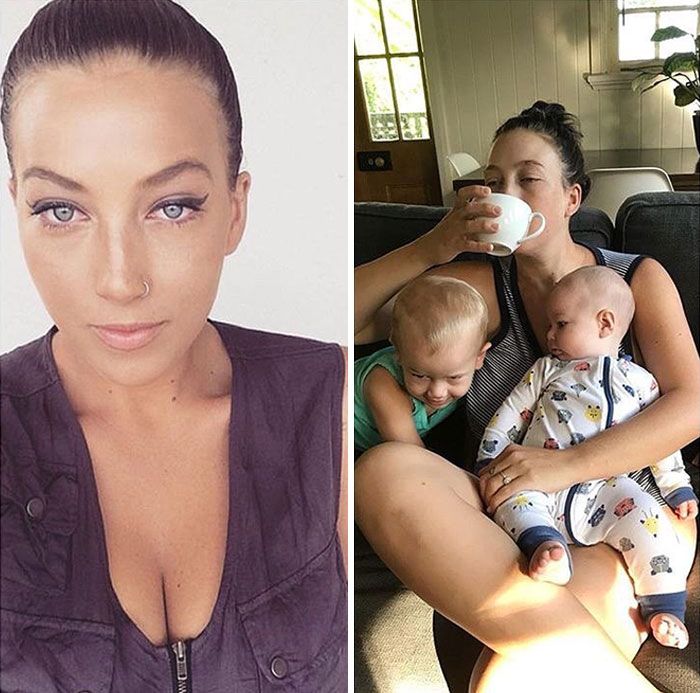 Afterwards, it deflates and shrinks again over the course of six weeks in a process called involution — but this contraction isn't necessarily 100 percent.
Afterwards, it deflates and shrinks again over the course of six weeks in a process called involution — but this contraction isn't necessarily 100 percent.
A 1996 study in the journal Ultrasound in Obstetrics & Gynecology found that premenopausal women who had children had slightly larger uteruses than women who had never given birth, even after this postpartum period had passed. However, it's perhaps inaccurate to call it permanent, just long-lasting, as the uterus will then shrink to an even smaller size after menopause.
16. Abdominal separation
Abdominal separation occurs in all pregnant during the late stages of pregnancy. (Image credit: Getty Images)One surprisingly common, and ultimately permanent, change associated with pregnancy is a condition called diastasis recti abdominis, according to the journal Current Women’s Health Reviews . It's when the abdominal muscles separate, creating a gap between the stomach muscles.
All women will have this separation at the late stages of pregnancy to make room for the growing belly. But by a year postpartum, somewhere between a third to more than two-thirds of women will retain some separation between their abdominal muscles, various studies suggest.
But by a year postpartum, somewhere between a third to more than two-thirds of women will retain some separation between their abdominal muscles, various studies suggest.
17. You become a chimera
When a woman is pregnant, her body is filled with cells from her growing baby. But those cells don't all leave with the baby. At least some of those cells travel through the placenta into the rest of the mother's body — where some may remain for the rest of her life. Autopsies of women who had children decades before have found evidence of male DNA in the woman's brains, presumably from gestating their sons, according to a 2012 study in PLOS One .
The purpose of these chimeric cells isn't clear. Some doctors think they can help a mom, while other researchers think the cells are potentially harmful, Live Science previously reported.
18. Wider hips
More fat is sometimes deposited at the hips after pregnancy. (Image credit: Getty Images)Some women may notice that their hips are wider following childbirth. But why?
But why?
You may think it has to do with the hormone relaxin — largely because relaxin relaxes and softens the joints and ligaments in the pelvis to help the mother push out the baby during labor. But that's likely not the real reason behind wider hips, Cackovic said.
Rather, wider hips are "most probably due to the deposition of fat into areas of the body that have extra fat cells," he told Live Science. In other words, some women get bigger because of accumulating fat cells, not because their hip bones are actually wider.
Additional resources
You can read more about your body after birth by visiting the NHS website . Additionally, to find out what helps your body bounce back after pregnancy, read this article on the John Hopkins website .
Bibliography
"Blood volume changes in normal pregnancy". National Library of Medicine. https://pubmed.ncbi.nlm.nih.gov/4075604/
"Weight Gain During Pregnancy". The American College of Obstetricians and Gynecologists.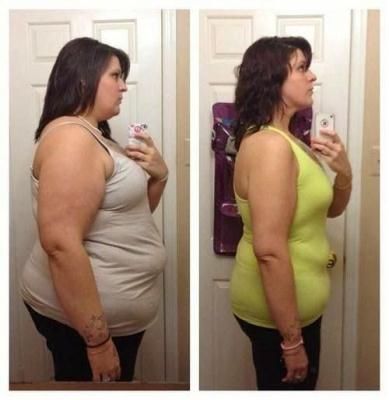 (2020). https://www.acog.org/clinical/clinical-guidance
(2020). https://www.acog.org/clinical/clinical-guidance
"Dimensional changes of the feet in pregnancy". The Journal of Bone and Joint Surgery (2008). http://www.uvm.edu/~istokes/pdfs/footdim.pdf
"Exploring Potential Pathways Between Parity and Tooth Loss Among American Women". American Public Health Associations (2008). https://ajph.aphapublications.org/doi/full/10.2105/AJPH.2007.124735
"The Effect of Breastfeeding on Breast Aesthetics". Aesthetic Surgery Journal (2008). https://academic.oup.com/asj/article/28/5/534/202938
"Breast cancer and breastfeeding: collaborative reanalysis of individual data from 47 epidemiological studies in 30 countries, including 50302 women with breast cancer and 96973 women without the disease". National Library of Medicine (2002). https://pubmed.ncbi.nlm.nih.gov/12133652/
"Stretch marks during pregnancy: a review of topical prevention". British Journal of Dermatology (2014). https://onlinelibrary.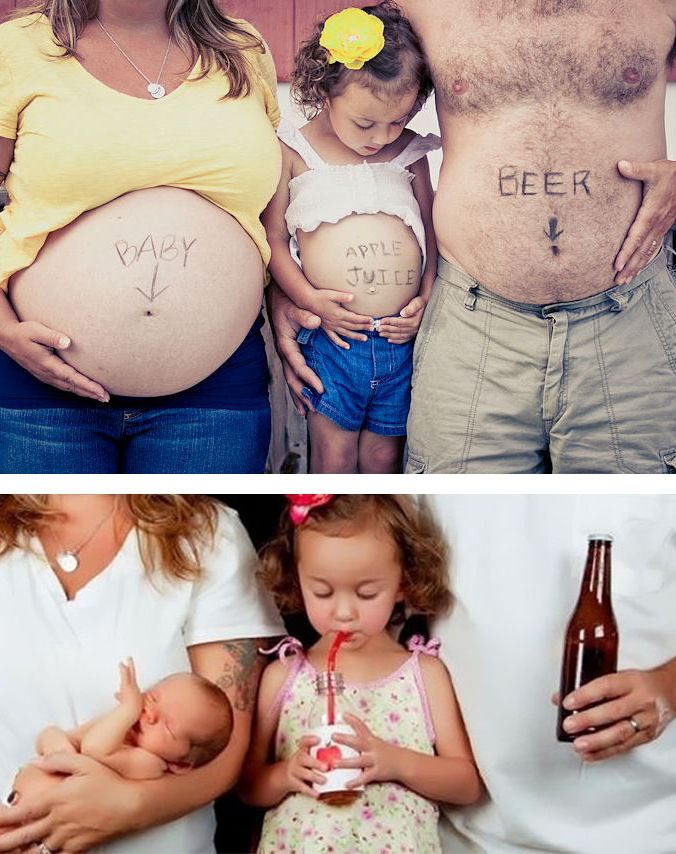 wiley.com/doi/abs/10.1111/bjd.13426
wiley.com/doi/abs/10.1111/bjd.13426
"Morphology, growth rate, and thickness of the nail plate during the pregnancy". International Journal of Dermatology (2018). https://onlinelibrary.wiley.com/doi/abs/10.1111/ijd.14152
"The incidence of lower mid-trunk hyperpigmentation (linea nigra) is affected by sex hormone levels". Journal of the National Medical Association (2005). https://www.ncbi.nlm.nih.gov/pmc/articles/PMC2569341/
"Vulval Varicose Veins in Pregnancy". British Medical Journal (1959). https://www.ncbi.nlm.nih.gov/pmc/articles/PMC1992824/?page=1
"Sonographic size of uterus and ovaries in pre- and postmenopausal women". Ultrasound in Obstetrics and Gynecology (1996). https://obgyn.onlinelibrary.wiley.com/doi/abs/10.1046/j.1469-0705.1996.07010038.x
"Diastasis Recti Abdominis-diagnosis, Risk Factors, Effect on Musculoskeletal Function, Framework for Treatment and Implications for the Pelvic Floor". Current Women’s Health Reviews (2019). https://www.ingentaconnect.com/content/ben/cwhr/2019/00000015/00000002/art00003
https://www.ingentaconnect.com/content/ben/cwhr/2019/00000015/00000002/art00003
Ailsa is a staff writer for How It Works magazine, where she writes science, technology, history, space and environment features. Based in the U.K., she graduated from the University of Stirling with a BA (Hons) journalism degree. Previously, Ailsa has written for Cardiff Times magazine, Psychology Now and numerous science bookazines. Ailsa's interest in the environment also lies outside of writing, as she has worked alongside Operation Wallacea conducting rainforest and ocean conservation research.
Body after birth: 18 post-pregnancy changes to look out for
(Image credit: Getty Images)They say that being a mother changes you, and they aren't kidding. After birth, a woman’s body can display many physical changes. At no other time in your life will you grow a whole new organ, force your heart to pump 50% more blood, according to the National Library of Medicine, and have alien cells hijack your brain.
While most of those odd changes disappear after birth, a few of them, like your little one, are for keeps. From bigger feet to diabetes, here are 18 things that may never go back to the way they were before you got pregnant.
1. Shoe size
There are two main reasons for the change in shoe size during pregnancy: weight gain and hormones.
The American College of Obstetricians and Gynecologists (ACOG) says that women of a normal weight should gain from 25 to 35 lbs. (11 to 16 kilograms) during pregnancy. "That extra weight that's carried around for the ten lunar months of pregnancy, and even longer, flattens out the [foot's] arch," which is why some women gain about half a shoe size during pregnancy, said Dr. Michael Cackovic, the obstetrics director of cardiac disease and pregnancy at The Ohio State University Wexner Medical Center.
Related articles
The hormone relaxin also plays a role, according to the Journal of Bone and Joint Surgery .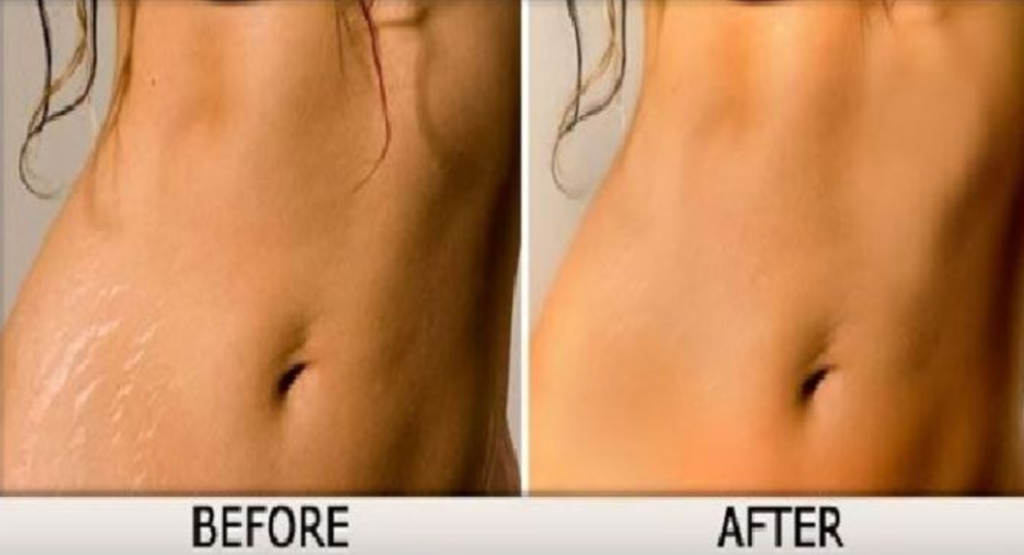 As its name suggests, relaxin helps relax ligaments and bones in the pelvis, so the body can be elastic during childbirth. But relaxin also affects ligaments all over the body, including in the feet, which can make a woman's feet looser and more spread out, said Dr. Leena Nathan, an assistant clinical professor of obstetrics and gynecology at the University of California, Los Angeles.
As its name suggests, relaxin helps relax ligaments and bones in the pelvis, so the body can be elastic during childbirth. But relaxin also affects ligaments all over the body, including in the feet, which can make a woman's feet looser and more spread out, said Dr. Leena Nathan, an assistant clinical professor of obstetrics and gynecology at the University of California, Los Angeles.
New moms should get used to sporting a larger shoe size, as these changes are permanent after birth, even after you lose weight and relaxin production stops, Cackovic said.
2. Extra pounds
Weight gain from pregnancy can be temporary or permanent. (Image credit: Getty Images)Speaking of weight gain, while those extra pounds don't have to be permanent, they are for many women.
One in 4 women will hang onto 11 lbs. (5 kg) or more a year after giving birth, Live Science previously reported. After having a baby, a woman will be, on average, 2.5 to 5 lbs. (1 to 2 kg) heavier than she was prior to pregnancy, Kathleen Rasmussen, a professor of maternal and child nutrition at Cornell University, told Live Science. While that's not a large gain, this number can become more significant when repeated for four or five babies.
While that's not a large gain, this number can become more significant when repeated for four or five babies.
3. Vaginal changes
This one shouldn't be a surprise, given the average dimensions of a newborn's head, but women often have vaginal changes postpartum. While the vagina will contract down to almost its original size after birth, most women will have a permanently wider vagina, according to NHS UK ..
"There are many factors that contribute, including type of delivery, size of baby, genetic factors [and] being overweight, to name a few," gynecologist Dr. Alyssa Dweck told Live Science.
4. Wee problem
Giving birth can weaken muscles used for bladder control. (Image credit: Getty Images)While not all women face one of the more unpleasant problems associated with squeezing an 8-lb. (3.6 kg) human out of their body, giving birth — unfortunately — puts mothers at increased risk for incontinence, or loss of bladder control. That's because vaginal delivery can weaken the muscles needed for bladder control and can damage bladder nerves and supportive tissue, leading to a dropped (prolapsed) pelvic floor, according to the Mayo Clinic .
That's because vaginal delivery can weaken the muscles needed for bladder control and can damage bladder nerves and supportive tissue, leading to a dropped (prolapsed) pelvic floor, according to the Mayo Clinic .
C-sections can also increase the risk of incontinence, Cackovic said.
Women with incontinence can practice Kegel exercises to strengthen these pelvic floor muscles, he said. There is also at least one Bluetooth-enabled device that enables people to do pelvic floor exercises and get biofeedback with an app on their phone and a small intravaginal device, according to Dweck.
5. Gain a child, lose a tooth
There may be some truth to the saying, "gain a child and lose a tooth."
A 2008 study of 2,635 women in the American Journal of Public Health found that the more children women had, the more likely they were to have lost teeth. Women between the ages of 35 and 49 with one child had lost an average of two teeth, while women with two children lost an average of four.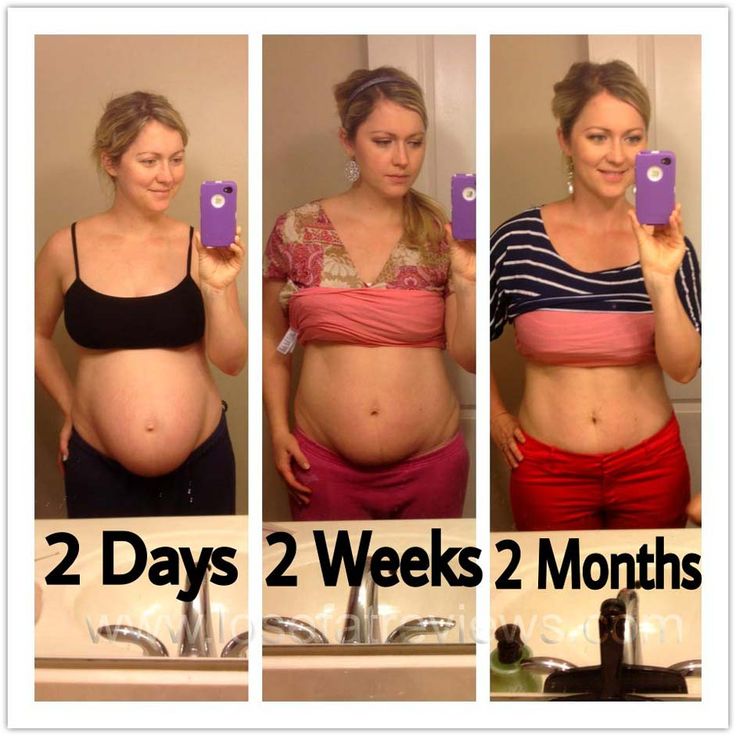 Meanwhile, women with four or more children had lost an average of seven teeth. It's not clear exactly why, as frequency of dental care didn't seem to be tied to this association.
Meanwhile, women with four or more children had lost an average of seven teeth. It's not clear exactly why, as frequency of dental care didn't seem to be tied to this association.
Other dental problems include enlarged gums and more bleeding from gums during pregnancy because of increased blood flow, Nathan told Live Science. The acid from vomiting, if women have morning sickness, can also wear away the enamel on teeth, Nathan said.
Hormonal changes during pregnancy can also affect the bacteria population, or microbiome, of your mouth, so it's important to practice good dental hygiene during this time, Cackovic said.
"We know that women who don't have good dental health are actually at risk for preterm delivery, so it's very important for women to see their dentists during pregnancy and get their teeth cleaned according to schedule," Nathan said. "If it's not taken care of, it can definitely persist postpartum."
6. Growing and shrinking breasts
Breasts change to prepare for breastfeeding.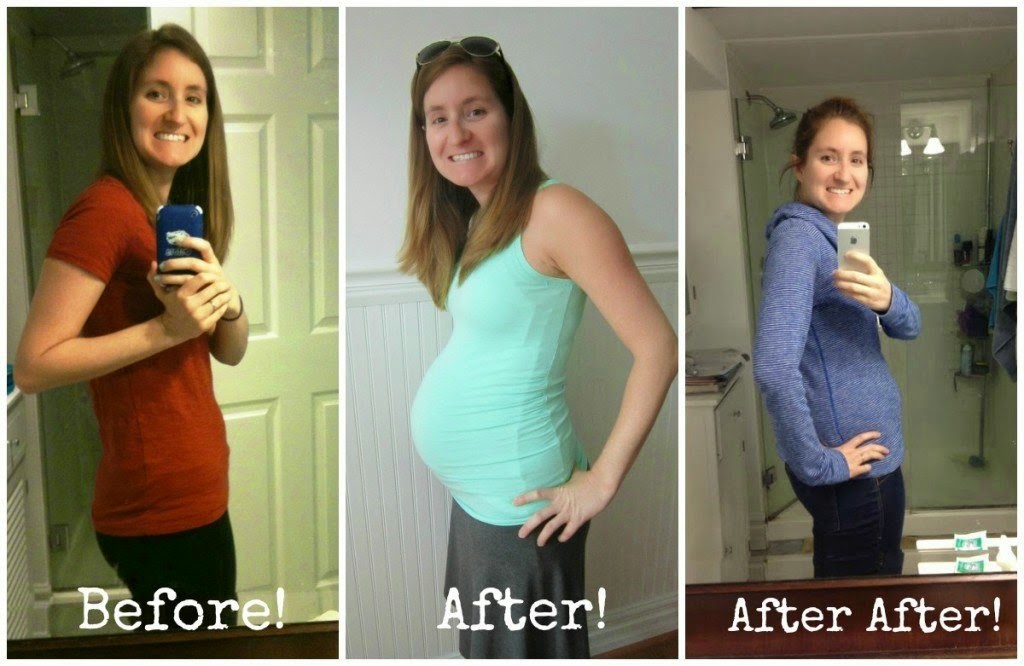.jpg) (Image credit: Getty Images)
(Image credit: Getty Images)A woman's breasts go through some big (and little) changes during and after pregnancy.
"They get bigger at first, because the dormant fat tissue in the breast gets replaced by functional tissue" in preparation for breastfeeding, Cackovic said.
But these larger breasts don't last forever. "After a woman stops breastfeeding, that functional tissue atrophies, because it's not being used anymore," Cackovic said. "And then it's not immediately replaced by fat, because the fat is already gone."
If the woman gets pregnant again, then the process will repeat, and if she gains a lot of weight after a pregnancy, then she'll replace those fat cells in her breasts. "But generally, if somebody is a very fit person and doesn't gain weight, then [her breasts] are going to stay smaller at that point," Cackovic said.
7. Sagging breasts
The technical term for this side effect of pregnancy is ptosis. Once breasts droop, they will not perk up again, because the cause of breast drooping is the stretching of the ligaments and elastin that hold the fatty tissue in place, according to 2008 study in the Aesthetic Surgery Journal .
Once you've had your baby, breastfeeding is unlikely to make breast sagging worse. According to the Mayo Clinic , breastfeeding isn’t the cause of changes in breast size or shape, but weight gain, smoking status and additional pregnancies can worsen droopiness.
8. Lower breast-cancer risk
Chances of developing breast cancer may be lowered after pregnancy. (Image credit: Getty Images)While breasts may be losing their fight against gravity, here's one fact that may perk you up: Breastfeeding may lower the lifetime risk of developing breast cancer. For every 12 months a woman nurses a baby, her relative risk of breast cancer drops by 4 percent, according to a 2002 review in The Lancet .
Crunching the numbers, the authors suggested that up to half of the breast cancer risk in developed countries could be cut if women had as many babies as they did in developing countries, and two-thirds of that risk reduction was due to breastfeeding. There are, however, other benefits associated with having fewer kids.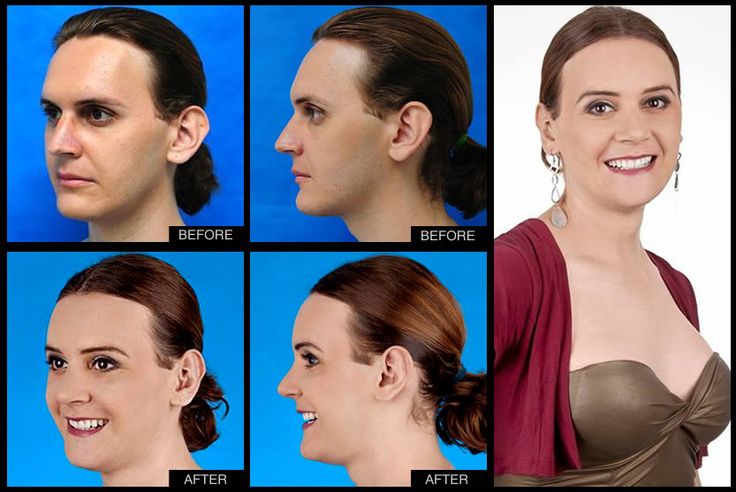
9. Stretch marks
Pregnant women might notice pink or red stretch marks on their skin during pregnancy, according to the British Journal of Dermatology . Granted, this condition isn't unique to pregnancy; people can get stretch marks any time they experience a big increase or decrease in weight, Cackovic said.
The good news is that while stretch marks stick around, they do get much lighter over time. "They usually do fade out in one to two years," Cackovic said. However, "if the woman gets pregnant again, or gains or loses a lot of weight again, they may become more pronounced."
10. Hair growth
After pregnancy, hair loss may be reduced. (Image credit: Getty Images)Women often notice that the hair on their head is lusher and denser during pregnancy, according to the International Journal of Dermatology . But why does this happen?
The answer has to do with hormones. Increased levels of hormones can translate into fewer hairs lost during pregnancy. That's why women may have a thicker head of hair during pregnancy.
That's why women may have a thicker head of hair during pregnancy.
After hormone levels return to normal post-pregnancy, that luscious hair goes away. "It's not uncommon for women to complain at six months that their hair is falling out," Cackovic told Live Science. "But [hair loss] is really just a temporary thing and usually resolves by about 12 to 18 months."
11. Skin changes
Pregnancy comes with all kinds of skin changes. For instance, the linea nigra — Latin for "black line" — is a dark, vertical line that runs over the belly to the pubic hair region during pregnancy. According to the Journal of the National Medical Association , new levels of sex hormones is likely to play a role in this change.
Women may also develop the "mask of pregnancy," known as melasma, which are brown patches that color the face. Freckles and moles can also darken during pregnancy.
The linea nigra and melasma are caused by an increase in melanin, the pigment that adds color to your skin and hair, according to ACOG .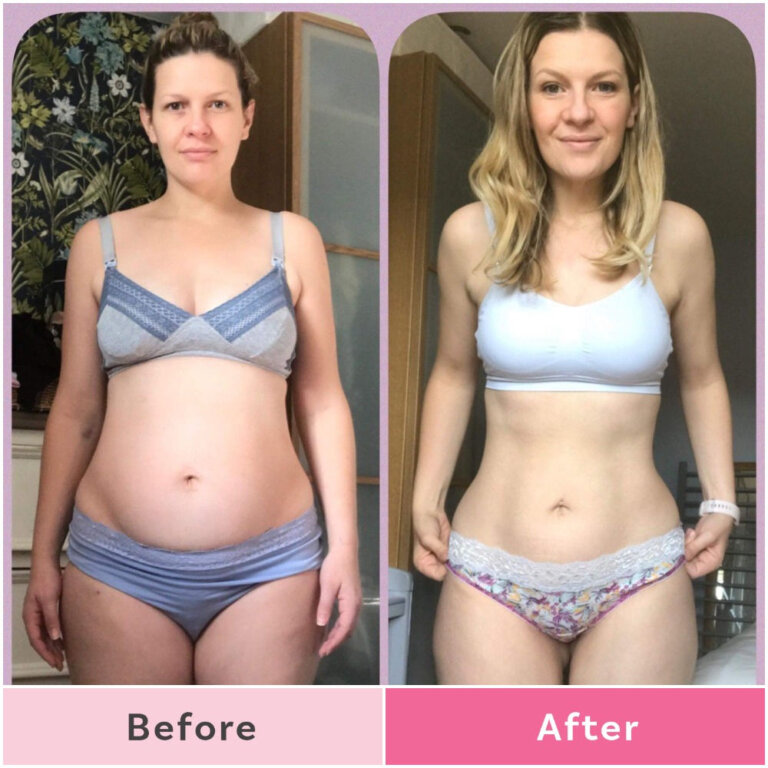 The dark areas usually fade after the woman gives birth, but some women with melasma can have dark patches for years, ACOG said. Some women with melasma are extra-careful to use sunscreen or wear a hat if they're going outside, and others use skin lighteners after giving birth to address the dark patches, Cackovic said.
The dark areas usually fade after the woman gives birth, but some women with melasma can have dark patches for years, ACOG said. Some women with melasma are extra-careful to use sunscreen or wear a hat if they're going outside, and others use skin lighteners after giving birth to address the dark patches, Cackovic said.
12. Diabetes
It is important to monitor blood sugar levels while pregnant. (Image credit: Getty Images)Gestational diabetes — that is, elevated blood sugar during pregnancy — develops in up to 10 percent of pregnancies in the United States, according to the Centers for Disease Control and Prevention . But the mother's diabetes risk doesn't end when the pregnancy does. After giving birth, up to half of the women who had gestational diabetes will develop type 2 diabetes later in life, Cackovic said.
"Usually, those women already know they're at risk, because they have family members that have diabetes," he said.
If a woman has gestational diabetes, it's important that she maintain a healthy weight and diet, monitor her blood sugar, and get screened for diabetes in the years following her pregnancy so she can be aware if she's becoming prediabetic, according to the Mayo Clinic .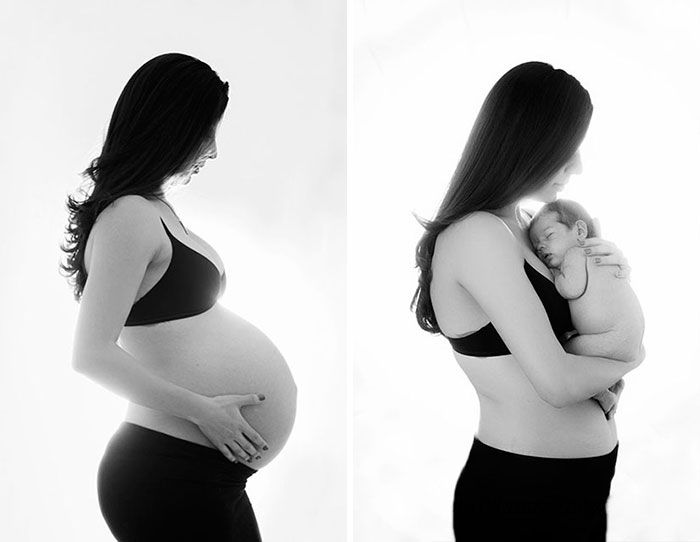
13. Sex drive
After a woman gives birth, it can take a year for her sex drive to return to her normal levels, Cackovic said. Sheer fatigue from caring for a newborn is one reason why. Another has to do with breastfeeding.
If the woman breastfeeds, a decision ACOG supports , then she'll have lower estrogen levels, which can diminish sex drive, Cackovic said.
14. Varicose veins and hemorrhoids
After pregnancy, varicose veins can appear in multiple areas of the body. (Image credit: Getty Images)Some pregnant women might notice swollen, sore and blue veins — called varicose veins — on their legs, as well as on the vulva and in the vagina, according to the British Medical Journal . When these sore-feeling veins occur on the rectum, they're called hemorrhoids.
Varicose veins and hemorrhoids develop because the uterus's heavy weight and pressure can reduce blood flow from the lower part of the body, ACOG said. In addition, increased blood flow and a weakening of the blood vessels' lining can contribute to these conditions, Cackovic said.
Usually, varicose veins and hemorrhoids go away within six to 12 months of the birth, Cackovic said. Pregnant women who want to prevent varicose veins from getting worse should exercise regularly, avoid sitting with their legs crossed for a long time, wear support hose, and avoid constipation by eating high-fiber foods and drinking plenty of liquids, ACOG said.
15. Slightly larger uterus
Normally, the uterus is about a pear-size, but during pregnancy, the organ swells to the size of a watermelon, according to the American Pregnancy Association . Afterwards, it deflates and shrinks again over the course of six weeks in a process called involution — but this contraction isn't necessarily 100 percent.
A 1996 study in the journal Ultrasound in Obstetrics & Gynecology found that premenopausal women who had children had slightly larger uteruses than women who had never given birth, even after this postpartum period had passed. However, it's perhaps inaccurate to call it permanent, just long-lasting, as the uterus will then shrink to an even smaller size after menopause.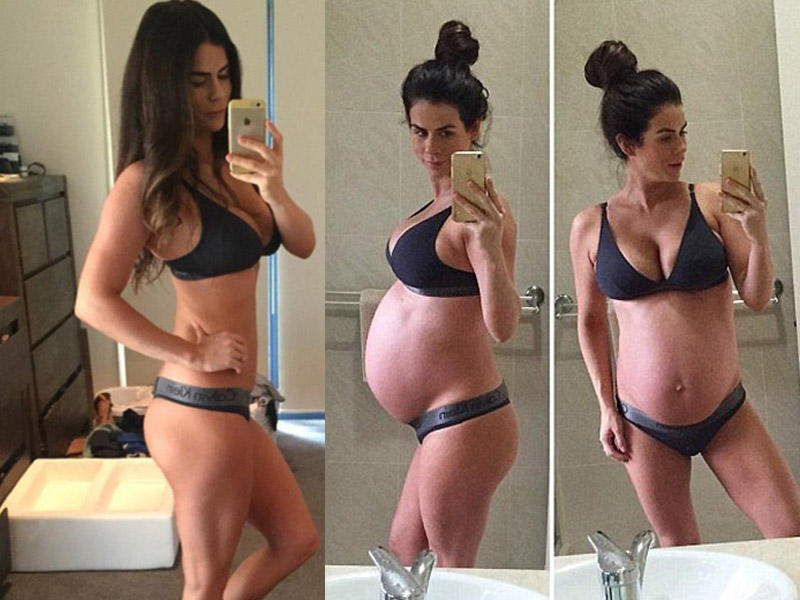
16. Abdominal separation
Abdominal separation occurs in all pregnant during the late stages of pregnancy. (Image credit: Getty Images)One surprisingly common, and ultimately permanent, change associated with pregnancy is a condition called diastasis recti abdominis, according to the journal Current Women’s Health Reviews . It's when the abdominal muscles separate, creating a gap between the stomach muscles.
All women will have this separation at the late stages of pregnancy to make room for the growing belly. But by a year postpartum, somewhere between a third to more than two-thirds of women will retain some separation between their abdominal muscles, various studies suggest.
17. You become a chimera
When a woman is pregnant, her body is filled with cells from her growing baby. But those cells don't all leave with the baby. At least some of those cells travel through the placenta into the rest of the mother's body — where some may remain for the rest of her life. Autopsies of women who had children decades before have found evidence of male DNA in the woman's brains, presumably from gestating their sons, according to a 2012 study in PLOS One .
Autopsies of women who had children decades before have found evidence of male DNA in the woman's brains, presumably from gestating their sons, according to a 2012 study in PLOS One .
The purpose of these chimeric cells isn't clear. Some doctors think they can help a mom, while other researchers think the cells are potentially harmful, Live Science previously reported.
18. Wider hips
More fat is sometimes deposited at the hips after pregnancy. (Image credit: Getty Images)Some women may notice that their hips are wider following childbirth. But why?
You may think it has to do with the hormone relaxin — largely because relaxin relaxes and softens the joints and ligaments in the pelvis to help the mother push out the baby during labor. But that's likely not the real reason behind wider hips, Cackovic said.
Rather, wider hips are "most probably due to the deposition of fat into areas of the body that have extra fat cells," he told Live Science.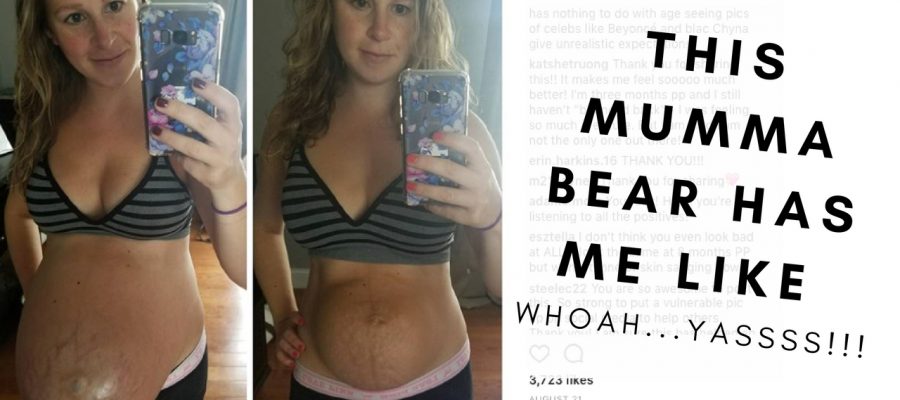 In other words, some women get bigger because of accumulating fat cells, not because their hip bones are actually wider.
In other words, some women get bigger because of accumulating fat cells, not because their hip bones are actually wider.
Additional resources
You can read more about your body after birth by visiting the NHS website . Additionally, to find out what helps your body bounce back after pregnancy, read this article on the John Hopkins website .
Bibliography
"Blood volume changes in normal pregnancy". National Library of Medicine. https://pubmed.ncbi.nlm.nih.gov/4075604/
"Weight Gain During Pregnancy". The American College of Obstetricians and Gynecologists. (2020). https://www.acog.org/clinical/clinical-guidance
"Dimensional changes of the feet in pregnancy". The Journal of Bone and Joint Surgery (2008). http://www.uvm.edu/~istokes/pdfs/footdim.pdf
"Exploring Potential Pathways Between Parity and Tooth Loss Among American Women". American Public Health Associations (2008). https://ajph.aphapublications.org/doi/full/10.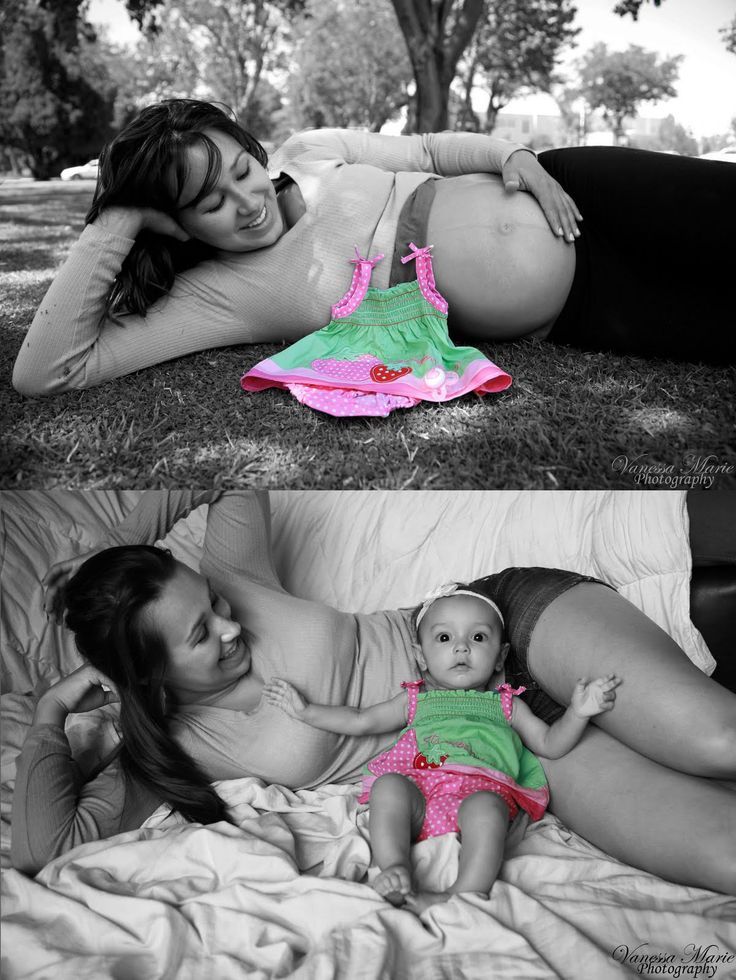 2105/AJPH.2007.124735
2105/AJPH.2007.124735
"The Effect of Breastfeeding on Breast Aesthetics". Aesthetic Surgery Journal (2008). https://academic.oup.com/asj/article/28/5/534/202938
"Breast cancer and breastfeeding: collaborative reanalysis of individual data from 47 epidemiological studies in 30 countries, including 50302 women with breast cancer and 96973 women without the disease". National Library of Medicine (2002). https://pubmed.ncbi.nlm.nih.gov/12133652/
"Stretch marks during pregnancy: a review of topical prevention". British Journal of Dermatology (2014). https://onlinelibrary.wiley.com/doi/abs/10.1111/bjd.13426
"Morphology, growth rate, and thickness of the nail plate during the pregnancy". International Journal of Dermatology (2018). https://onlinelibrary.wiley.com/doi/abs/10.1111/ijd.14152
"The incidence of lower mid-trunk hyperpigmentation (linea nigra) is affected by sex hormone levels". Journal of the National Medical Association (2005).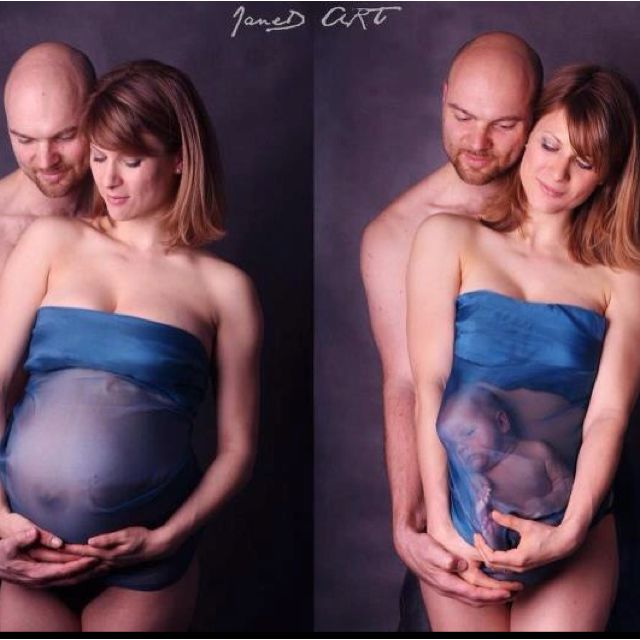 https://www.ncbi.nlm.nih.gov/pmc/articles/PMC2569341/
https://www.ncbi.nlm.nih.gov/pmc/articles/PMC2569341/
"Vulval Varicose Veins in Pregnancy". British Medical Journal (1959). https://www.ncbi.nlm.nih.gov/pmc/articles/PMC1992824/?page=1
"Sonographic size of uterus and ovaries in pre- and postmenopausal women". Ultrasound in Obstetrics and Gynecology (1996). https://obgyn.onlinelibrary.wiley.com/doi/abs/10.1046/j.1469-0705.1996.07010038.x
"Diastasis Recti Abdominis-diagnosis, Risk Factors, Effect on Musculoskeletal Function, Framework for Treatment and Implications for the Pelvic Floor". Current Women’s Health Reviews (2019). https://www.ingentaconnect.com/content/ben/cwhr/2019/00000015/00000002/art00003
Ailsa is a staff writer for How It Works magazine, where she writes science, technology, history, space and environment features. Based in the U.K., she graduated from the University of Stirling with a BA (Hons) journalism degree. Previously, Ailsa has written for Cardiff Times magazine, Psychology Now and numerous science bookazines. Ailsa's interest in the environment also lies outside of writing, as she has worked alongside Operation Wallacea conducting rainforest and ocean conservation research.
Ailsa's interest in the environment also lies outside of writing, as she has worked alongside Operation Wallacea conducting rainforest and ocean conservation research.
How will life change after the birth of a child?
Shatalova Maria Alexandrovna, child and family psychologist
Often this question is asked by future parents even before the baby is born. Of course, life after childbirth will be very different, and women may have different fears and expectations. The best way to protect yourself from stress and unnecessary worries is to arm yourself with information and study the subject.
In this article, you will learn what changes in different areas of life after the birth of a child and how to prepare for these changes.
Relationship with husband after childbirth
The birth of a child is a happy event for the family, at least it is considered so. Much less often, future parents hear about the difficulties that can be encountered after the baby is born.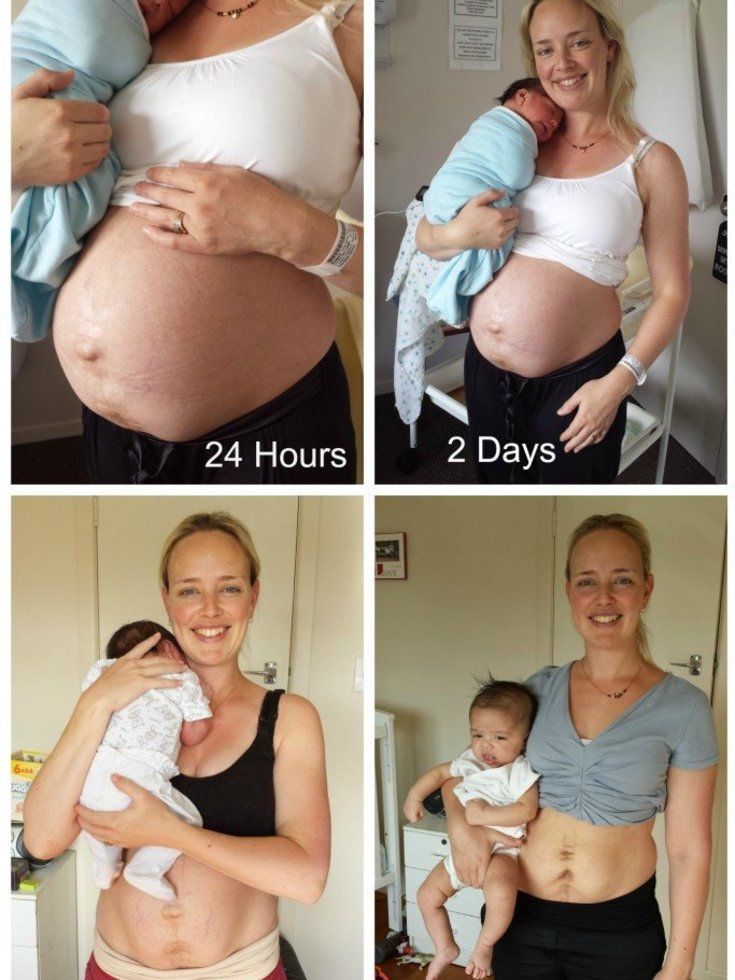 For example, that now it is necessary to simultaneously support the roles of spouses and master new ones - the roles of parents. The lifestyle and workload are changing, and the usual social connections and activities go by the wayside. All this increases the tension in the couple and can lead to conflicts.
For example, that now it is necessary to simultaneously support the roles of spouses and master new ones - the roles of parents. The lifestyle and workload are changing, and the usual social connections and activities go by the wayside. All this increases the tension in the couple and can lead to conflicts.
If this period is not easy for you, do not panic - this is normal. And having overcome the crisis, you will only strengthen your relationship.
What to do?
Do not forget that you are not only the child's parents, but also spouses. This means that attention and care should be directed not only to the baby, but also to each other. It's not about the amount of time you can spend with your spouse, but about maintaining confidence that you are still important to each other. How might this manifest itself in practice? Of course, the husband takes care of the child together with his wife, but also takes care of her herself: he makes tea for her or cooks food. The wife, in turn, will not only hand over the child to her husband when he returns from work, but also ask how his day went, what his thoughts are busy with. If there is strength, spend time nearby.
The wife, in turn, will not only hand over the child to her husband when he returns from work, but also ask how his day went, what his thoughts are busy with. If there is strength, spend time nearby.
Sometimes misunderstandings and difficulties can arise in communication with a partner. In such situations, it is important not to forget about direct communication - the ability to speak openly about your emotions and needs. The first weeks, and even months after the birth of a child, a young mother is especially vulnerable physically and psychologically. The need for support is increasing, especially from the husband. However, do not expect your spouse to always understand exactly what kind of help you need right now. Don't be afraid to ask for help and openly share your feelings and concerns.
It is important that both parents understand that the first months after the birth of a child is a transitional and stressful period for everyone. For example, if you don’t have the strength after a sleepless night with a baby, don’t wait until your husband guesses and picks up the child. Just tell him about it when necessary. Only in this way, over time, a comfortable way of life for all will be developed.
Just tell him about it when necessary. Only in this way, over time, a comfortable way of life for all will be developed.
The dream of young parents
Sleep is a basic human need. And for a young mother, who most often bears the greatest burden of caring for a newborn, this need is especially important. In the first months after childbirth, it can be difficult to adjust your sleep patterns and get used to new realities.
What to do?
One of the common tips - sleep when the baby sleeps - can work for you too. Especially if the child does not yet have a regimen and he can sleep for 5 hours in a row during the day and hardly sleep at night. Therefore, sometimes it is better to prepare for sleepless nights and sleep during the day.
However, not all mothers can sleep with their baby. Someone's instincts become so aggravated that every rustle and sigh of a baby wakes up a woman - this is how nature works, and this is normal.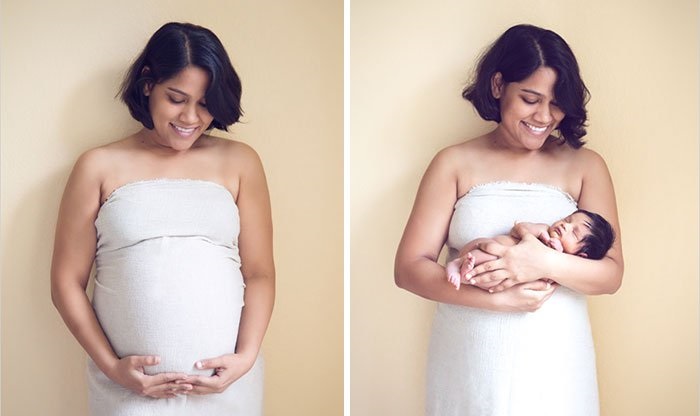 In this case, it is necessary that someone take the child to another room / for a walk, giving the mother the opportunity to fully relax and unwind.
In this case, it is necessary that someone take the child to another room / for a walk, giving the mother the opportunity to fully relax and unwind.
Sex after childbirth
In the first months after childbirth, a woman's desire decreases or may be completely absent. This is completely normal - the body needs time to recover from pregnancy and childbirth. Lack of sleep and anxiety associated with taking care of the baby also affect libido.
What to do?
How long does it take to return to sex after giving birth? It is important to understand that there is no time frame for when a couple "should" return to sexual activity after giving birth. This is an individual process, but one of the main conditions for the restoration of sexual life after the birth of a child is the absence of pressure and the delicacy of the partner. Often, men experience anxiety due to a long absence of intimacy and take it personally. In such cases, the best solution is to explain to your spouse that you need time to recover. And if you experience too much stress from household chores and sleep little, then you should ask your husband for help and devote more time to rest.
And if you experience too much stress from household chores and sleep little, then you should ask your husband for help and devote more time to rest.
Free time for parents
If a couple led an active lifestyle before the birth of a child, then the arrival of a new family member certainly imposes some restrictions. Time becomes much less, and responsibility - more.
What to do?
The main rule of a healthy hierarchy in the family is: children follow their parents, and not vice versa. Of course, this does not mean that you should go on your favorite mountain river rafting with a one-month-old baby. However, you can gradually introduce the child to your lifestyle, taking into account his age-related needs.
To maintain close relationships, it is important for parents not to forget that they are not only mom and dad, but also a couple who sometimes need to be alone. While the child is very young, it can be watching a movie in an embrace at home, later - going out while the grandmother, nanny or other reliable adult looks after the baby.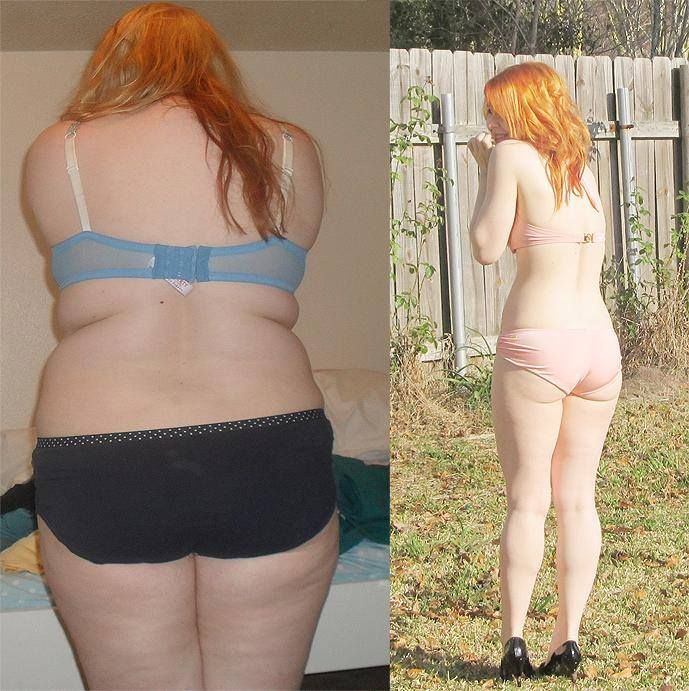
Nutrition after childbirth
From the beginning of pregnancy, a woman's diet changes greatly, and after childbirth requires some adjustment. Gaining weight or feeling unwell can unsettle some women and make them want to go on a diet or, conversely, stop paying attention to the usefulness of food.
What to do?
Regardless of the chosen concept of nutrition after childbirth, it is important to ensure that the diet remains complete. Do not rush to go on a diet to return to the "pre-pregnancy" weight - first, the body needs to recover. For a mom who breastfeeds around the clock, it will be perfectly fine to have a warm drink and a snack even at night. Sometimes a mother can completely focus on caring for a baby and his nutrition, forgetting about herself and eating inadequately. It will be great if someone close can provide support and cook tasty and healthy food for mom - at least during the first month or two, while the woman is recovering from childbirth and adapting to a new role and tasks.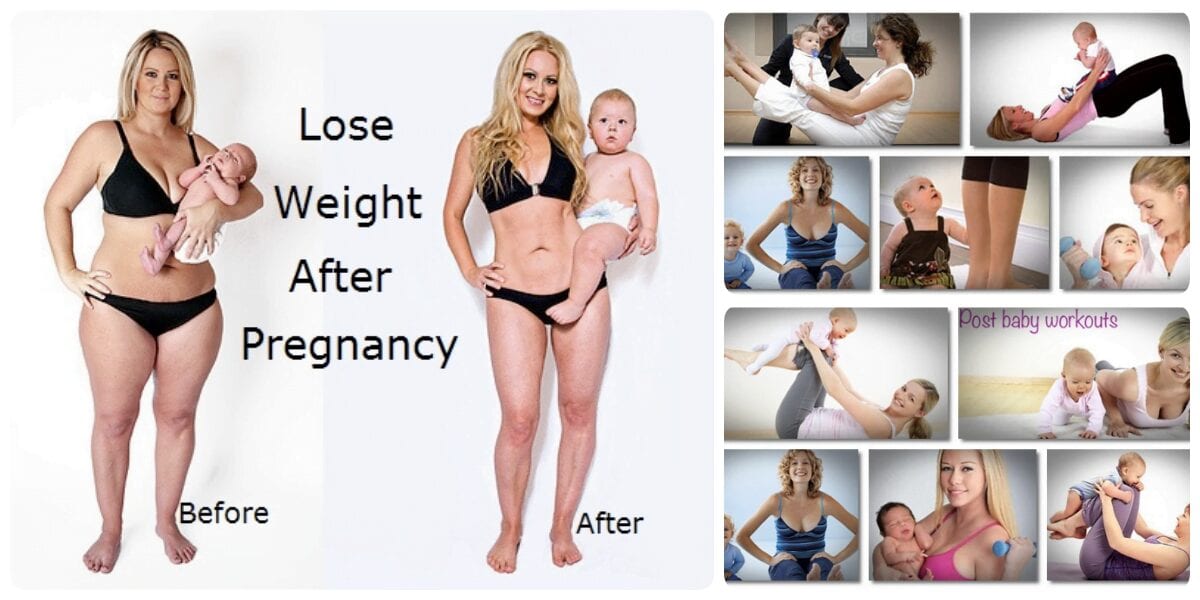
Relationships with relatives and friends
Having a baby can be a turning point in your relationships with some people. A flurry of unsolicited advice, excessive attention or misunderstanding can fall on a young mother even during pregnancy. And with the advent of a child, a distance may arise with some friends, including childless ones.
What to do?
It is important to learn to build boundaries, to accept the useful with gratitude and to weed out the unnecessary without hesitation. Many tips will turn out to be nothing more than personal experience - learn to pass any recommendation through the prism of your own critical thinking. Of course, the presence or absence of children is not a key factor in the friendship of adults. However, friendship is tested precisely in situations where someone needs help.
Feel free to ask for help! This does not mean that you are weak or incompetent as a mother. Leave comments that “we used to manage without diapers and washing machines” and everyone had time, shamelessly ignore, because your goal is not to survive, but to live a happy life, maintaining health, relationships and a good atmosphere in the family!
- Nutriclub - healthy nutrition and child development
- 0-12 months
- About mom
- How will life change after the birth of a child?
The first days in the hospital - articles from the specialists of the clinic "Mother and Child"
Bogomolova Marina Vadimovna
Embryologist
Clinic "Mother and Child" St. Petersburg
Immediately after childbirth
Immediately after the birth of the baby is placed on the mother's stomach , then the umbilical cord is cut and the baby is placed on the mother's breast. Then the skin of the newborn is cleaned, its length and weight, head and chest circumference are measured. The doctor examines the birth canal, if necessary, sews up tears in the soft tissues of the birth canal, assesses the tone of the postpartum uterus, and helps the woman empty her bladder. But even after all these standard manipulations, the mother is not transferred to the postpartum ward, another for two to three hours, the puerperal stays in the maternity block . Why? In the first two hours after childbirth, some complications are possible, primarily uterine bleeding or an increase in blood pressure. Therefore, during these two hours, the mother lies on a stretcher or a bed in the maternity ward, since doctors and midwives are constantly there, and the operating room, in which case, is also located nearby. The child at this time is usually taken to the children's department, where he most often sleeps. And only two hours later, if everything is fine, the mother is transferred to the postpartum ward.
Why? In the first two hours after childbirth, some complications are possible, primarily uterine bleeding or an increase in blood pressure. Therefore, during these two hours, the mother lies on a stretcher or a bed in the maternity ward, since doctors and midwives are constantly there, and the operating room, in which case, is also located nearby. The child at this time is usually taken to the children's department, where he most often sleeps. And only two hours later, if everything is fine, the mother is transferred to the postpartum ward.
How does a woman feel at this time? Chills may occur, abdominal pain may occur, especially in multiparas.
What should a woman do at this time? Relax and unwind. Take shelter so as not to freeze, especially if chills appear. Place an ice pack on the uterus. If possible, ask the midwife to bring hot tea.
1st day after delivery
Shortly after the woman is transferred to the postpartum ward, 9 will come to her0091 postnatal midwife . She will tell you about the arrangement of the department (where the shower, toilet, dining room are), about the daily routine (the time for visiting doctors, eating) and will help the young mother, if necessary, to empty the bladder using a catheter. If a woman lies together with the baby, then immediately after the transfer to the postpartum ward, the child will be brought to her. The midwife will help the mother to properly attach the baby to the breast and start breastfeeding. Then come pediatric nurse : She will show you how to swaddle your baby and explain how to take care of him. Do not be afraid that after childbirth there will not be enough strength for the child: most newborns sleep most of the day and wake up only for feeding. In addition, in the maternity hospital, the child is usually washed and dressed by nurses, so that the woman will have enough time to relax. If there is no joint stay of mother and child in the maternity hospital, then every three hours they will bring him to the ward for feeding, and then take him back to the children's department.
She will tell you about the arrangement of the department (where the shower, toilet, dining room are), about the daily routine (the time for visiting doctors, eating) and will help the young mother, if necessary, to empty the bladder using a catheter. If a woman lies together with the baby, then immediately after the transfer to the postpartum ward, the child will be brought to her. The midwife will help the mother to properly attach the baby to the breast and start breastfeeding. Then come pediatric nurse : She will show you how to swaddle your baby and explain how to take care of him. Do not be afraid that after childbirth there will not be enough strength for the child: most newborns sleep most of the day and wake up only for feeding. In addition, in the maternity hospital, the child is usually washed and dressed by nurses, so that the woman will have enough time to relax. If there is no joint stay of mother and child in the maternity hospital, then every three hours they will bring him to the ward for feeding, and then take him back to the children's department. Over time, the woman herself will pick up and carry the child.
Over time, the woman herself will pick up and carry the child.
How does a woman feel at this time? On the first day after giving birth, women feel differently. Some experience an incredible elation (this is due to the release of endorphins into the blood - the hormones of pleasure), while others, on the contrary, feel very tired. Some want to call all their friends and announce the birth of a child, they are inspired, full of energy and ready to take care of the baby on their own. Other mothers want to be alone and come to their senses, they still do not have the strength to constantly be with the child.
What should a woman do at this time? In any case, immediately after childbirth, as after any heavy load, you need to restore strength: first eat, and then go to bed or just relax. By the way, the following situation is possible: the birth occurred in the evening or at night, and dinner time has already expired; therefore, in order not to starve, you need to bring something light for a snack (cookies, bread rolls) with you to the hospital in advance.
6 hours after birth, the mother can usually get out of bed.
In general, if the childbirth went without complications, then you should start getting up as early as possible, first with the help of a midwife, and then on your own.
This helps to improve blood circulation, normalize the functioning of the urinary system and intestines, and accelerate healing processes. In addition, very soon the baby will require more attention.
Important point: After childbirth, the tone of the bladder decreases, so the urge to urinate may be absent or it may become painful and frequent. However, you should go to the toilet at least four times a day. Urination can be caused reflexively by opening a tap with water, this helps many people a lot. In the absence of the desired effect, urine is removed by a catheter. Most often there is no stool on the first day after birth.
Next days
Every day the mother will be examined by an obstetrician-gynecologist : he will evaluate the contraction of the uterus, the condition of the sutures and the amount of discharge, see if colostrum is secreted.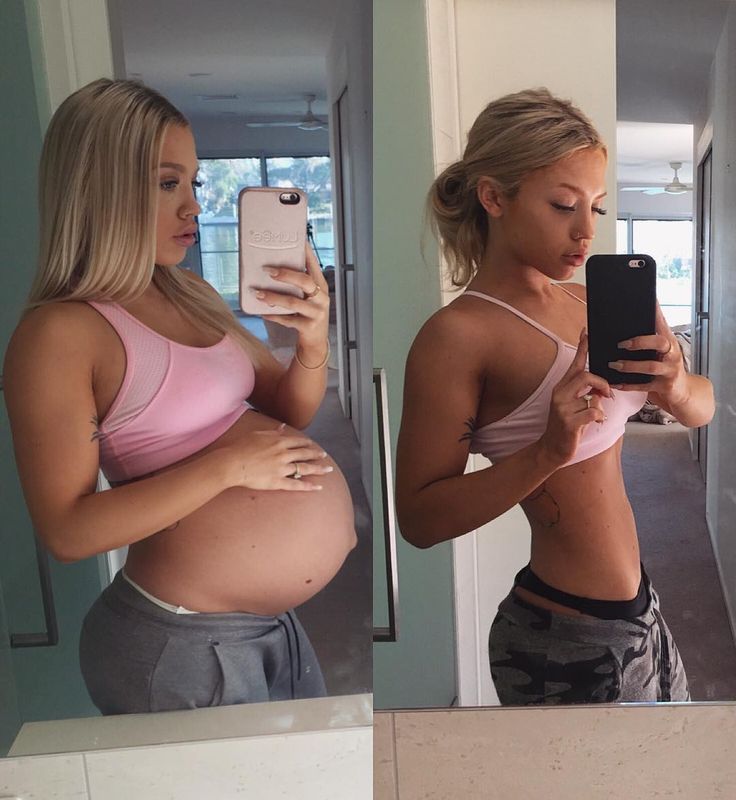 The midwife will regularly measure the temperature, pulse, blood pressure and treat the external stitches with disinfectant solutions several times a day. Also, every day the baby will be watched by a pediatrician, after which he will tell his mother about the condition of the child. After a normal birth, a woman, as a rule, is discharged on the 3rd-4th day (after a caesarean section - on the 5th-6th).
The midwife will regularly measure the temperature, pulse, blood pressure and treat the external stitches with disinfectant solutions several times a day. Also, every day the baby will be watched by a pediatrician, after which he will tell his mother about the condition of the child. After a normal birth, a woman, as a rule, is discharged on the 3rd-4th day (after a caesarean section - on the 5th-6th).
How does a woman feel at this time?
After childbirth, a woman may experience pain in the abdomen due to uterine contractions, as well as slight muscle pain in different parts of the body. On the face and on the whites of the eyes, a “rash” may appear - pinpoint hemorrhages that appear due to the fact that small capillaries burst during attempts from tension. Blood pressure can be lowered, so dizziness is possible (to avoid it, you should get up smoothly, without sudden movements). There may be pain in the perineum, even if there were no tears and its incision (pain appears because the perineum was severely stretched during childbirth). If the perineum is sutured, then it will not be possible to sit for at least the first two weeks. Sometimes after childbirth, varicose veins appear in the anus (hemorrhoids), which means discomfort in this place.
If the perineum is sutured, then it will not be possible to sit for at least the first two weeks. Sometimes after childbirth, varicose veins appear in the anus (hemorrhoids), which means discomfort in this place.
What should a woman do at this time? Mom needs to continue to rest and gain strength. And you should also follow the rules of personal hygiene: often change postpartum pads, do air baths for seams (if any), take a shower daily, wash yourself every time after a bowel movement. Well, the most important thing is to establish breastfeeding and learn how to take care of the baby in practice.
Time in the maternity hospital flies very quickly. Try to spend it usefully - restore your strength and acquire useful skills: at home, all this will be very useful to you!
REMINDER
Things to do at the maternity hospital
- Have a good rest: sleep all your free time and eat well.
- Get complete information about your child's condition: so ask your pediatrician all your questions.
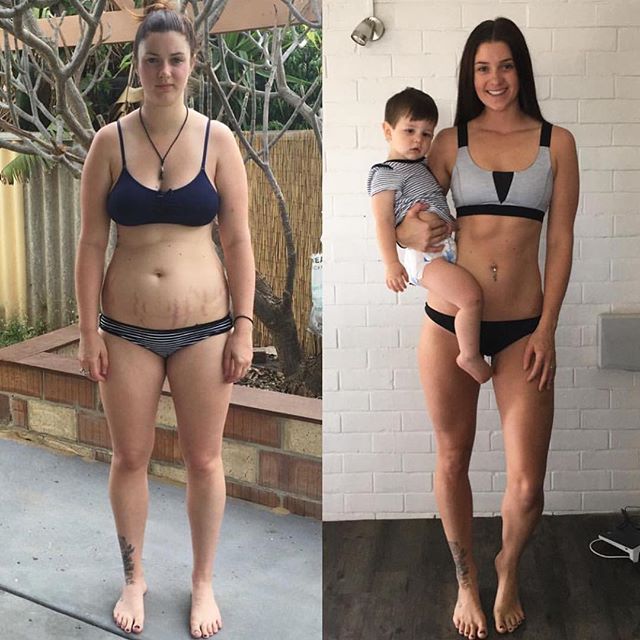
- Establish contact with the child: therefore, spend as much time with the baby as possible, ideally being with him all the time. Take the baby in your arms, unfold the diapers, carefully examine the baby without clothes.
- Learn how to take care of your baby: so ask your baby nurse to show you how to wash your baby, change clothes, swaddle, change diapers, clean ears and nose, cut nails.
- Establish breastfeeding: To do this, feed your baby on demand. Ask the midwife to show you how to properly hold the baby at the breast, how to give and take away the breast.
Make an appointment
to the doctor - Bogomolova Marina Vadimovna
Clinic "Mother and Child" St. Petersburg
Cryopreservation of single spermatozoa Cryopreservation of embryos, eggs, spermJoint consultation of a reproductive specialist and an embryologistEmbryology
By clicking on the send button, I agree to the processing of personal data
Attention! Prices for services in different clinics may vary.